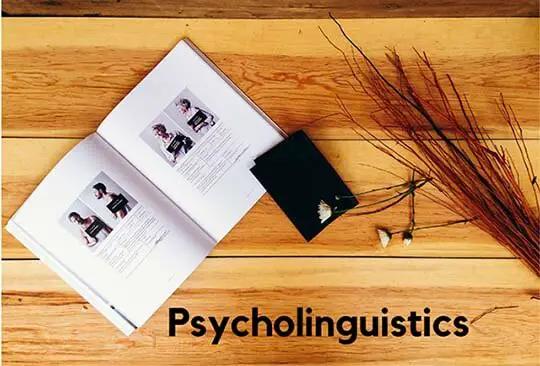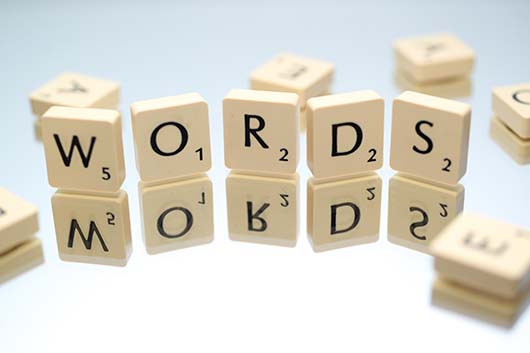Last updated on March 6th, 2025 at 04:56 pm
What Is Psycholinguistics?
Quick Navigation
The term ‘Psycholinguistics’ comes from psychology (mental process) and linguistics (systematic study of language development), both of which are branches of science.
Psychology covers the systematic study of human experience and behavior (Knight and Hilgert in Ahmadi, 1992). In contrast, linguistics is the scientific study of language, including everything it is constituted and related to.
The fundamental objective of psycholinguistics is to assume the mental process of learning, producing, and properly understanding language. It also studies how human beings acquire, understand,s and store language.
Hence, it is concerned with studying language about psychology, including human experience and behavior.
Psycholinguistics Is a Branch of Linguistics
Psycholinguistics is a branch of linguistics that deals with the mutual relationship between language and the human mind. It primarily aims to understand how human psychology can acquire, produce, and understand language.
It emerged to be studied by individuals in different fields, for example, psychology, cognitive science, phonetics, etc.
As a separate branch of study, it emerged in the late 1950s and 1960s due to the Chomskyan revolution. Chomsky’s ideas became so vital that they quickly gained a lot of publicity and significantly impacted many contemporary views of language and language acquisition.
As a result, psycholinguists start researching such issues as handling profound and surface structures of sentences. In the early long periods of the advancement of psycholinguistics, special investigations were planned to examine whether the focus of processing was the grammatical structure.
Based on the change of sentences, it was first found that the simplicity of preparation was associated with syntactic complexity. However, it later turned out to be evident that not only syntactic multifaceted nature adds to the trouble of preparation, but semantic elements also have a substantial effect on it.
Scholarly Observation on Psycholinguistics
Psycholinguistics explores how a child secures their first language. Let us see how scholars observe psycholinguistics and language acquisition aspects.
Skinner (1957) considered language learning as a linguistic habit formation through the mechanism of stimulus, response, and reinforcement (the behaviorist hypothesis). Chomsky (1957, 1968) revealed that the language acquisition device (LAD) is responsible for language learning ( the innate theory).
Lenneberg (1966, 1967, 1969) asserted a nearby correspondence between physical development and the stage of language development (the biological theory. Halliday (1975) exaggerated language development since a child has to interact with others in their condition (the sociological approach).
Besides, it studies how a child develops their first language and mother tongue through several stages, from pre-linguistic to adult stages.
Further, it focuses on the nature and process of second language learning through the concepts of the monitor (Krashen, 1977, 1981), interlanguage (Selinker, 1972), acculturation (Schumann, 1978, 1990), universal grammar (Chomsky, 1980) and so forth.
Moreover, it covers the study of the second language (L2) learner factors such as aptitude, attitudes, motivation, age, intelligence, cognitive styles, personality, and others affecting the rate of learning or achievement.
However, as we know, psycholinguistics studies language development and it can be divided into several sub-categories. For example:
- Developmental psycholinguistics
- Neurolinguistics
- Clinical linguistics
- Second language acquisition
1. Developmental Psycholinguistics
Developmental psycholinguistics usually deals with how children used to understand and produce the sounds of their first language. This can be considered as ‘child language development.
In the language acquisition period, a child tries to imitate their parents when they learn how to speak their mother tongue.
However, developmental psycholinguistics studies how children can acquire a language and formulate these rules.
2. Neurolinguistics
Neurolinguistics mainly deals with the relationship between the human brain and linguistic procedures. Further, It is concerned with the function of the brain in learning and how to use language correctly.
Afterward, Neurolinguistics analyzes how the structure of the brain influences language learning.
3. Clinical Linguistics
Clinical linguistics is concerned with humans suffering from brain damage, which affects their ability to process and produce language.
It also deals with several speech disorders that interrupt people understanding and speaking of the language.
4. Second Language Acquisition
Psycholinguistics also deals with how humans can acquire a second language. In other words, it is concerned with how people develop their proficiency in a foreign language. This is how a student can find the procedure of second language acquisition by studying psycholinguistics.
To sum up, we may say that psycholinguistics, as a branch of linguistics, describes the psychological process of language acquisition.
Further, how people acquire a second language and use a language properly, in short, deals with the relationship between speech and the human mind.
However, after the above discussion, we will understand psycholinguistics in linguistics. After all, psycholinguistics, as a branch of linguistics, analyzes the relationship between language and the human mind.
Reference
Lyons, J., & Wales, R (Eds.) (1979) Psycholinguistics papers. Edinburgh: Edinburgh University Press.
Have a look at these helpful links:
- Types of Morphemes in Linguistics
- Difference between Phonetics and Phonology
- Characteristics of language
- Definition of language by scholars
- Definition of Syntax in Linguistics

Azizul Hakim is the founder & CEO of englishfinders.com. He is a passionate writer, English instructor, and content creator. He has completed his graduation and post-graduation in English language and literature.




